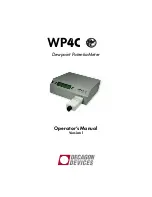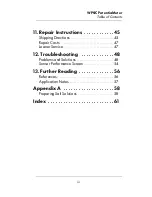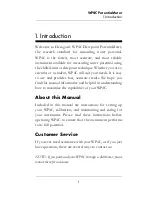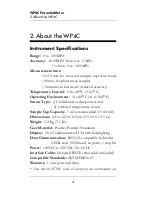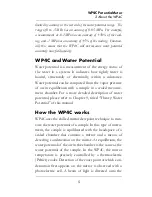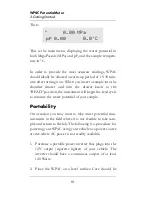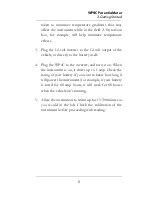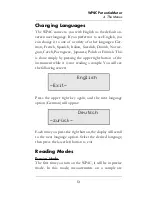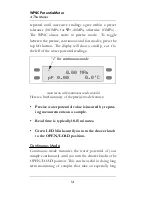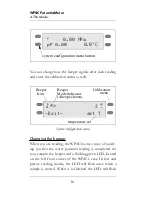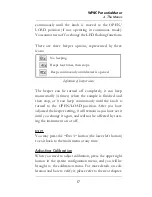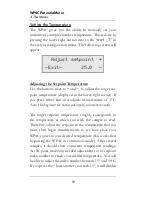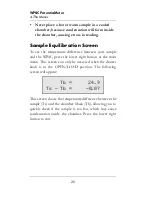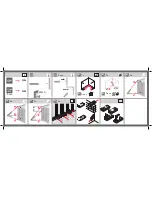
WP
4C
PotentiaMeter
2. About the WP4C
6
mirror and reflected into a photodetector. The photode-
tector senses the change in reflectance when condensation
occurs on the mirror. A thermocouple attached to the
mirror then records the temperature at which condensa-
tion occurs. Values begin to be displayed indicating that
initial measurements are being taken. WP4C then signals
you by flashing a green LED and/or beeping when final
values are reached. The final water potential and tempera-
ture of the sample is displayed.
In addition to the technique described above, WP4C uses an
internal fan that circulates the air within the sample chamber
to reduce time to equilibrium. Since both dewpoint and
sample surface temperatures are simultaneously measured,
the need for complete thermal equilibrium is eliminated.
The WP4C controls the sample temperature by means of
an internal thermo-electrical module that monitors and
stabilizes the sample block temperature according to how
it is set.
WP4C and Temperature
Large temperature differences, between sample and block,
will cause longer reading times, since a complete and accu-
rate reading will not be made until the difference between
the sample tempeature and the block temperature is less than
1.0 degree. To help you monitor the temperature difference
between your sample and the block, you can access a sample
equilibration screen at the main menu.

